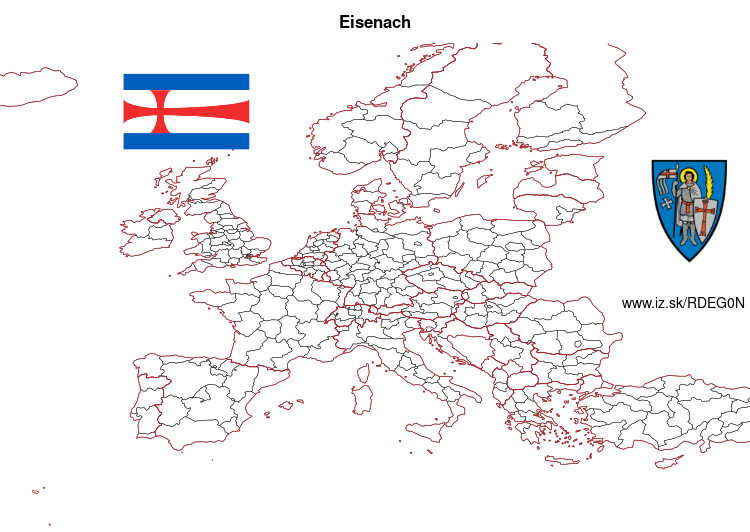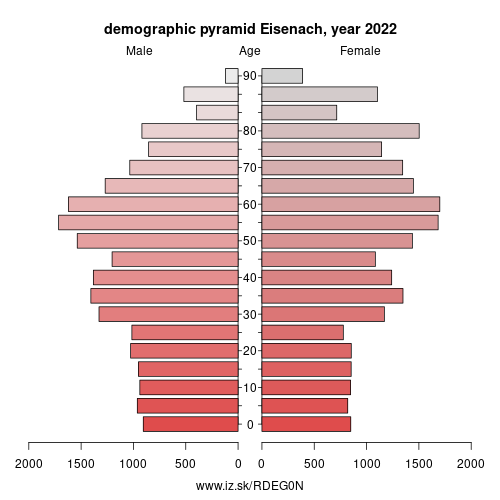- About us»
- Net income calculator»
- Population aging»
-
- Least developed regions»
-
- Average wage
- Material need benefits
- Meal allowance
- Counties of Slovakia
- Inflation
- Living and Subsistence Minimum
- Unemployment of Czechia and Slovakia
- NACE Classification
-
- Life expectancy
- Gender differences
- Youth unemployment and NEET
- Minimum wage in EU
- Unemployment rates of different age groups
- Share of salaries on GDP
- Unemployment rate
- Long term unemployment
- Percentage of employees ususally working at nights
- NEET
- Employment rate
-
- Bratislava and surroundings
- Kopanice
- Danube river
- lower Vah river
- middle Vár river
- upper Nitra river
- lower Nitra river
- Mining cities
- Kysuce a Orava
- upper Vah river - Liptov
- Spiš cities
- upper Hron river
- Juhoslovenská kotlina
- Košice fold and Torysa river
- upper Zemplín
- lower Zemplín
- EU regions
- NUTS3 regions of Slovakia
- LAU1 dataset
-
- Projects and activities
- Inclusive growth»
- Good work
- Project SKRS
- Social system – reality and vision
-
- Education of unemployed
- Young unemployed not taking part in education
- Proposal to change the system of education funding
- Library
- News»
- Contact
Eisenach – DEG0N
EU regions: Germany > Thuringia > Thuringia > Eisenach

| Indicator | Period | Value |
|---|
Eisenach slovensky: DEG0N
Demographics
| Indicator | Period | Value |
|---|---|---|
| Demographics | ||
| number of inhabitants | 2023 | 42 408 |
| population density | 2022 | 404.9 |
| old-age dependency ratio | 2023 | 44.3 |

From Wikipedia : Eisenach (German pronunciation: [ˈaɪ̯zənax]) is a town in Thuringia, Germany with 42,000 inhabitants, located 50 kilometres (31 miles) west of Erfurt, 70 km (43 miles) southeast of Kassel and 150 km (93 miles) northeast of Frankfurt. It is the main urban centre of western Thuringia and bordering northeastern Hessian regions, situated near the former Inner German border. A major attraction is Wartburg castle, which has been a UNESCO world heritage site since 1999.
Eisenach was an early capital of Thuringia in the 12th and 13th centuries. St. Elizabeth lived at the court of the Ludowingians here between 1211 and 1228. Later, Martin Luther came to Eisenach and translated the Bible into German. In 1685, Johann Sebastian Bach was born here. During the early modern period, Eisenach was a residence of the Ernestine Wettins and was visited by numerous representatives of Weimar classicism like Johann Wolfgang Goethe. In 1869, the SDAP, one of the two precursors of the Social Democratic Party of Germany (SPD) was founded in Eisenach.
Car production is an important industry in Eisenach.
Other: Thuringia, Eichsfeld, Kyffhäuserkreis, Ilm-Kreis, Sonneberg, Landkreis Saalfeld-Rudolstadt, Saale-Holzland-Kreis, Altenburger Land, Gera, Schmalkalden-Meiningen, Saale-Orla-Kreis, Eisenach, Wartburgkreis, Unstrut-Hainich-Kreis, Jena, Erfurt, Sömmerda, Greiz, Weimar, Hildburghausen, Weimarer Land, Nordhausen, Suhl, Gotha
Neighbours: Wartburgkreis
Suggested citation: Michal Páleník: Europe and its regions in numbers - Eisenach – DEG0N, IZ Bratislava, retrieved from: https://www.iz.sk/PDEG0N, ISBN: 978-80-970204-9-1, DOI:10.5281/zenodo.10200164

 Share
Share Facebook
Facebook Twitter
Twitter News
News